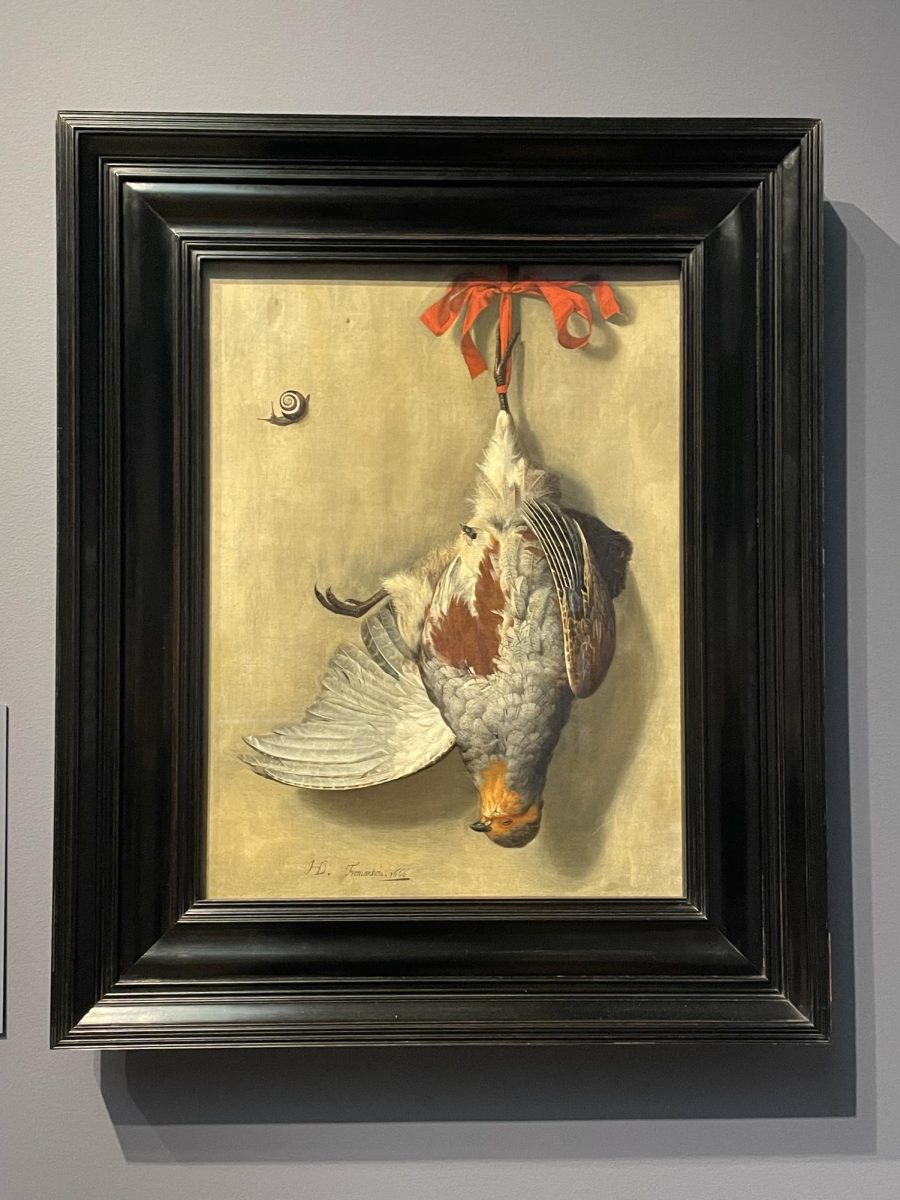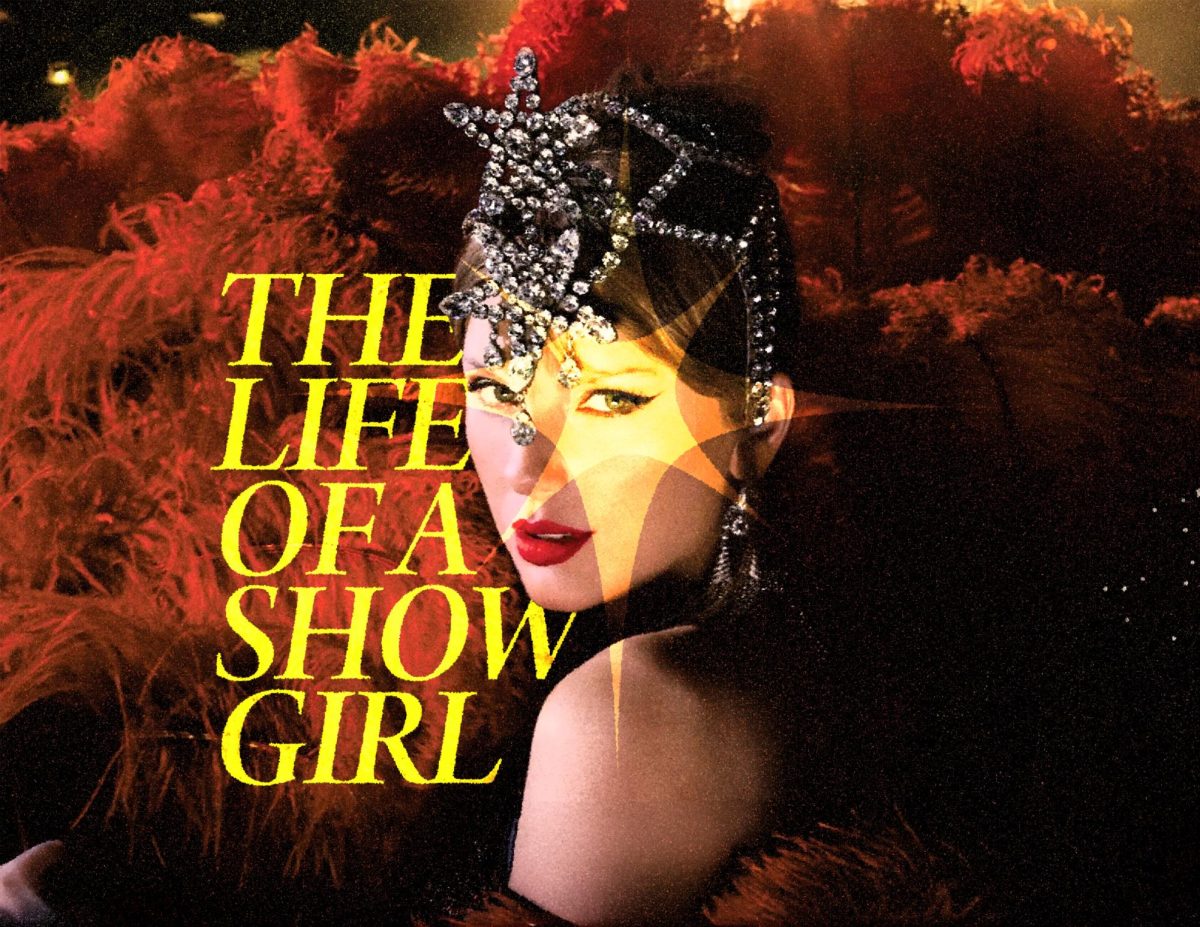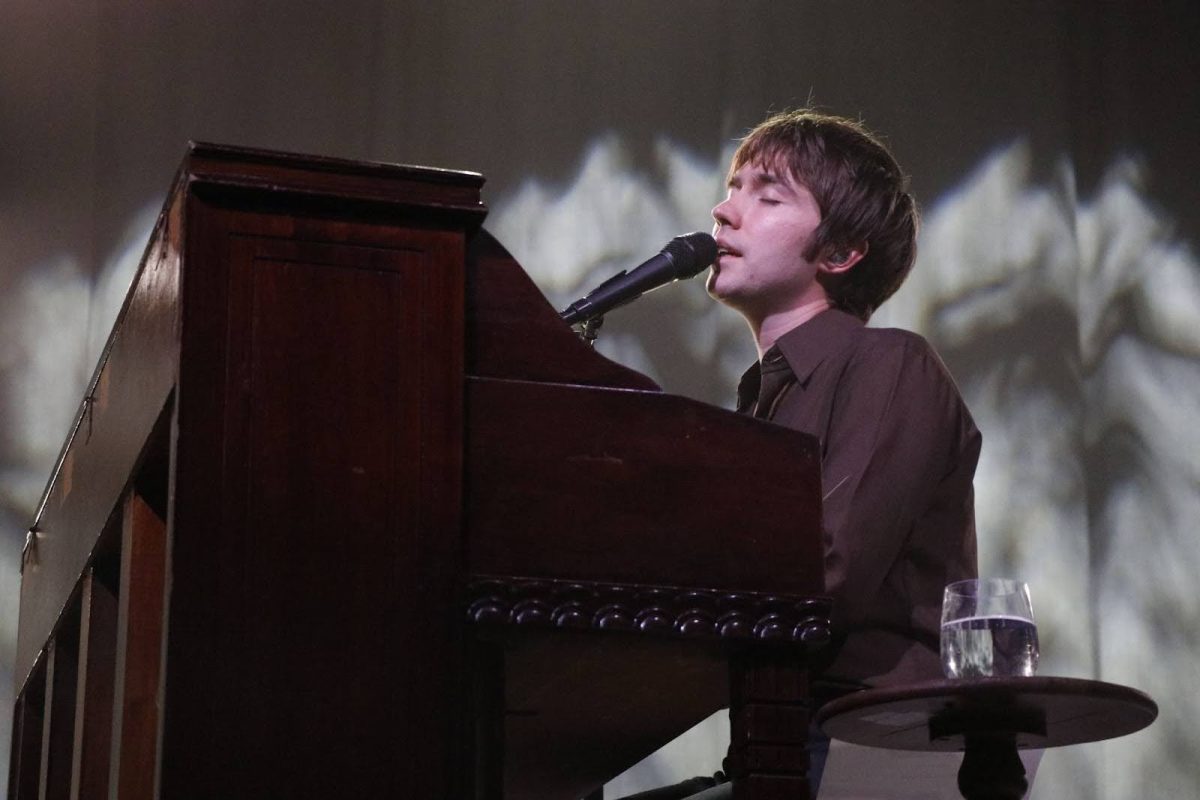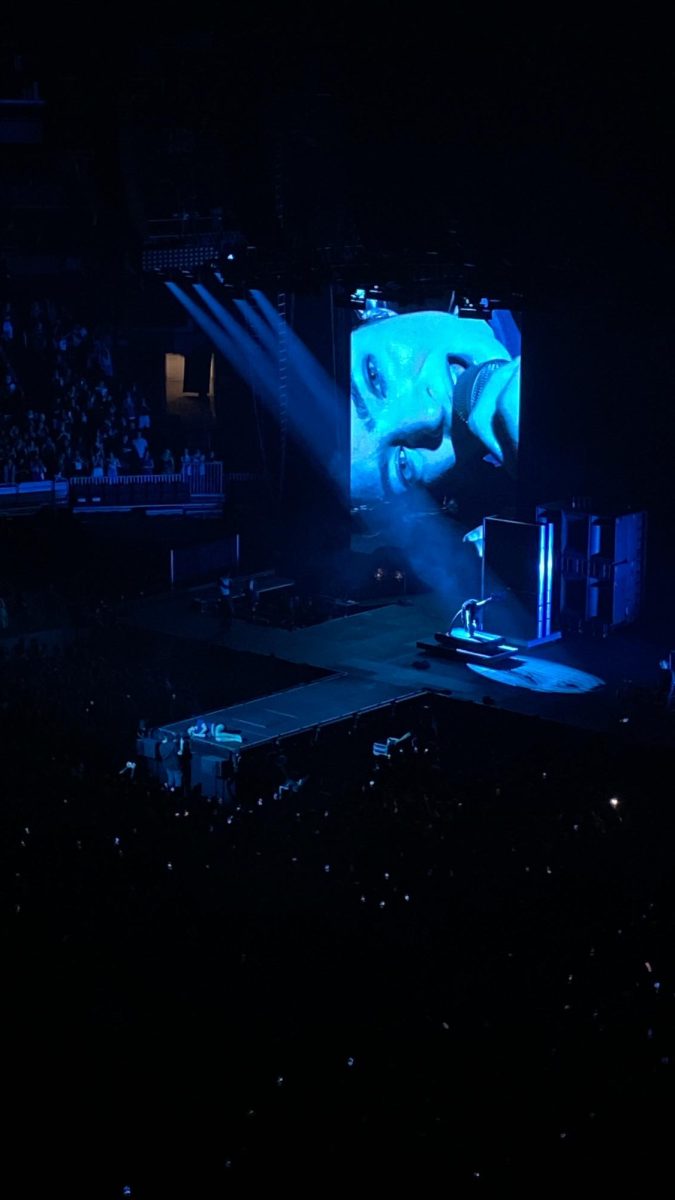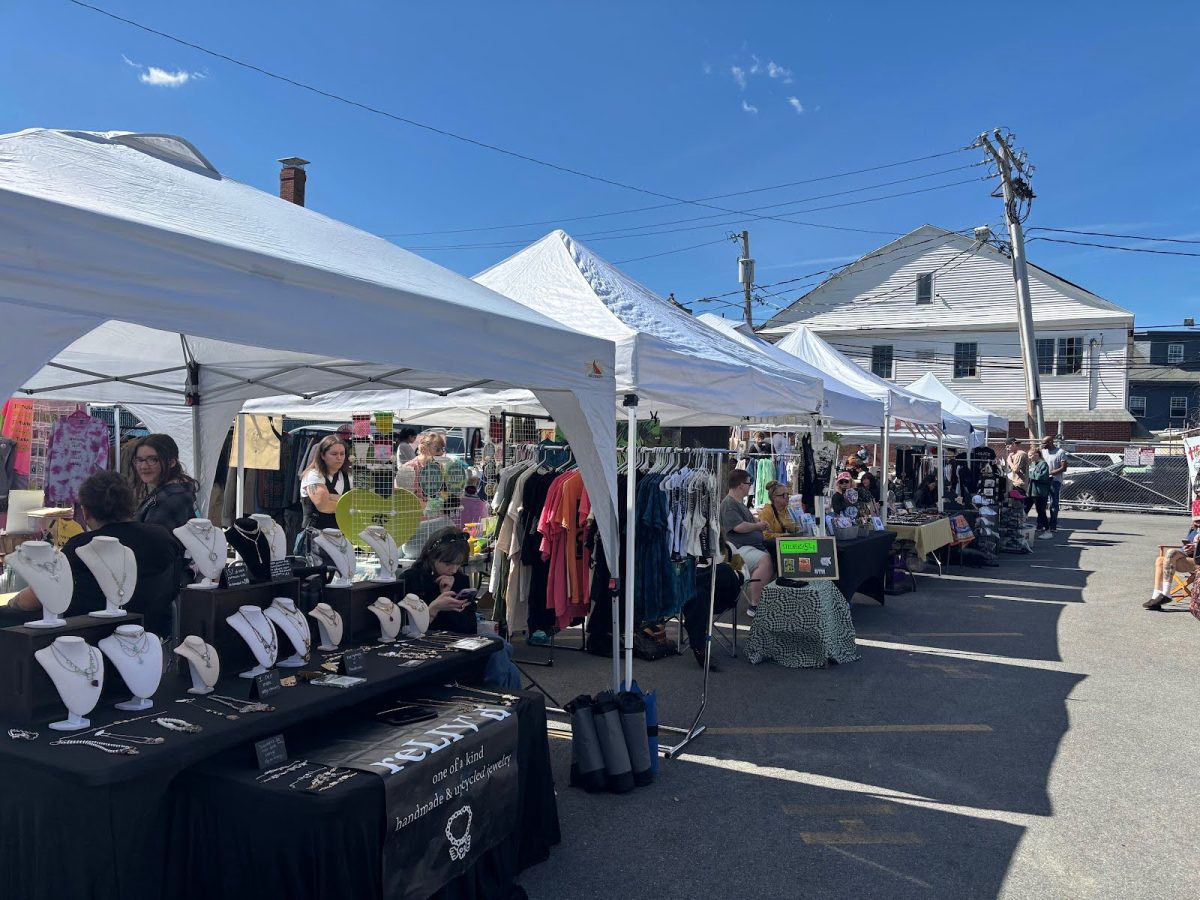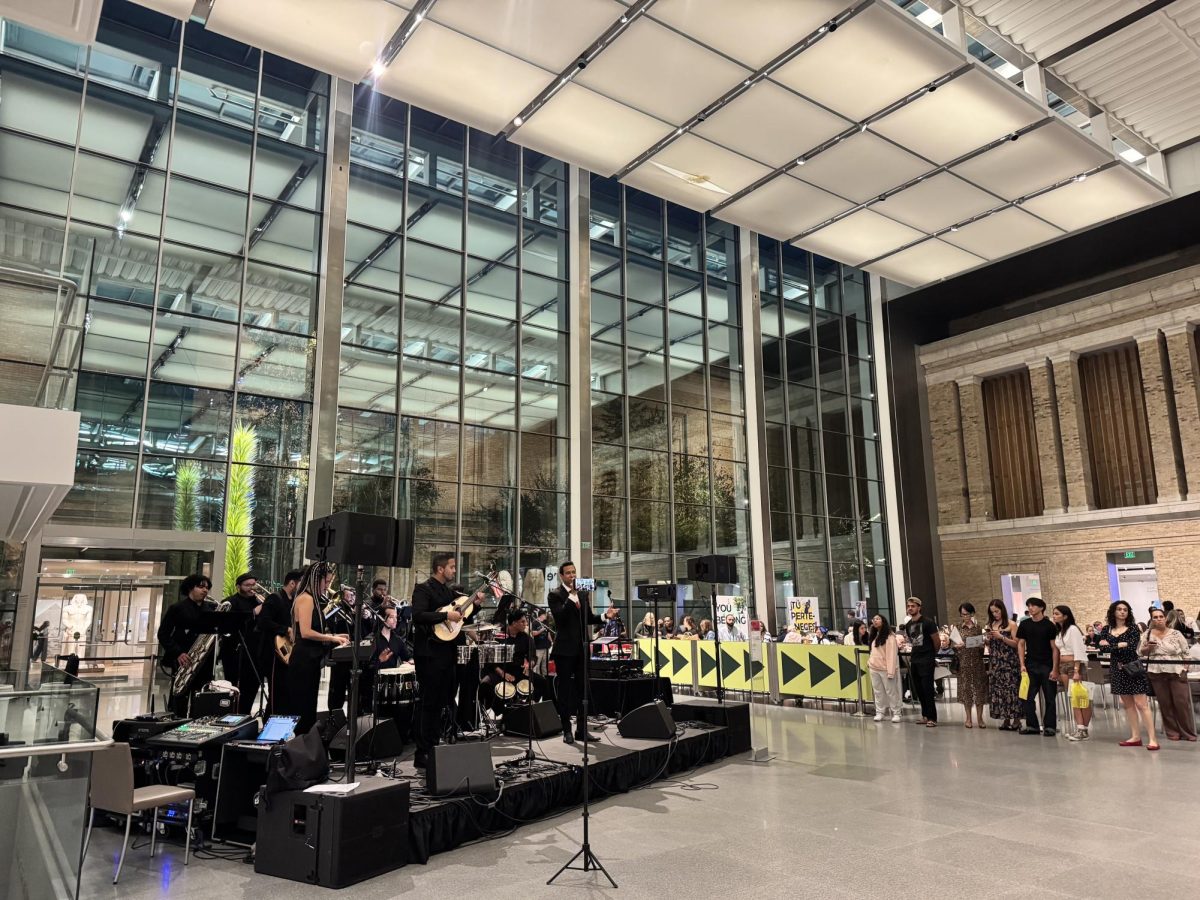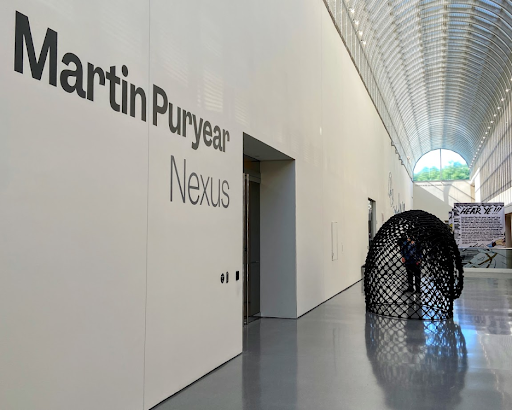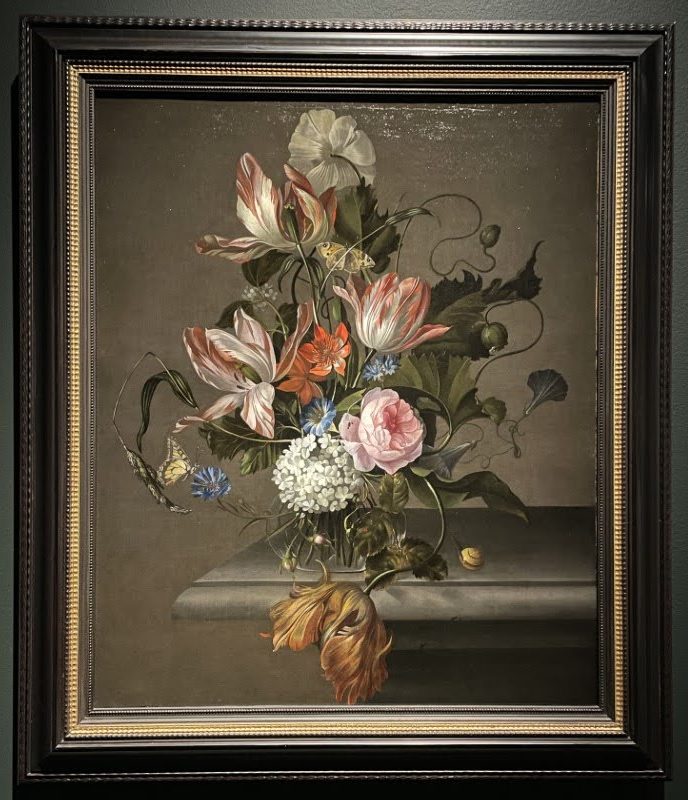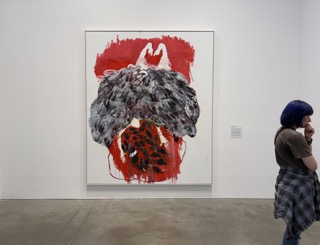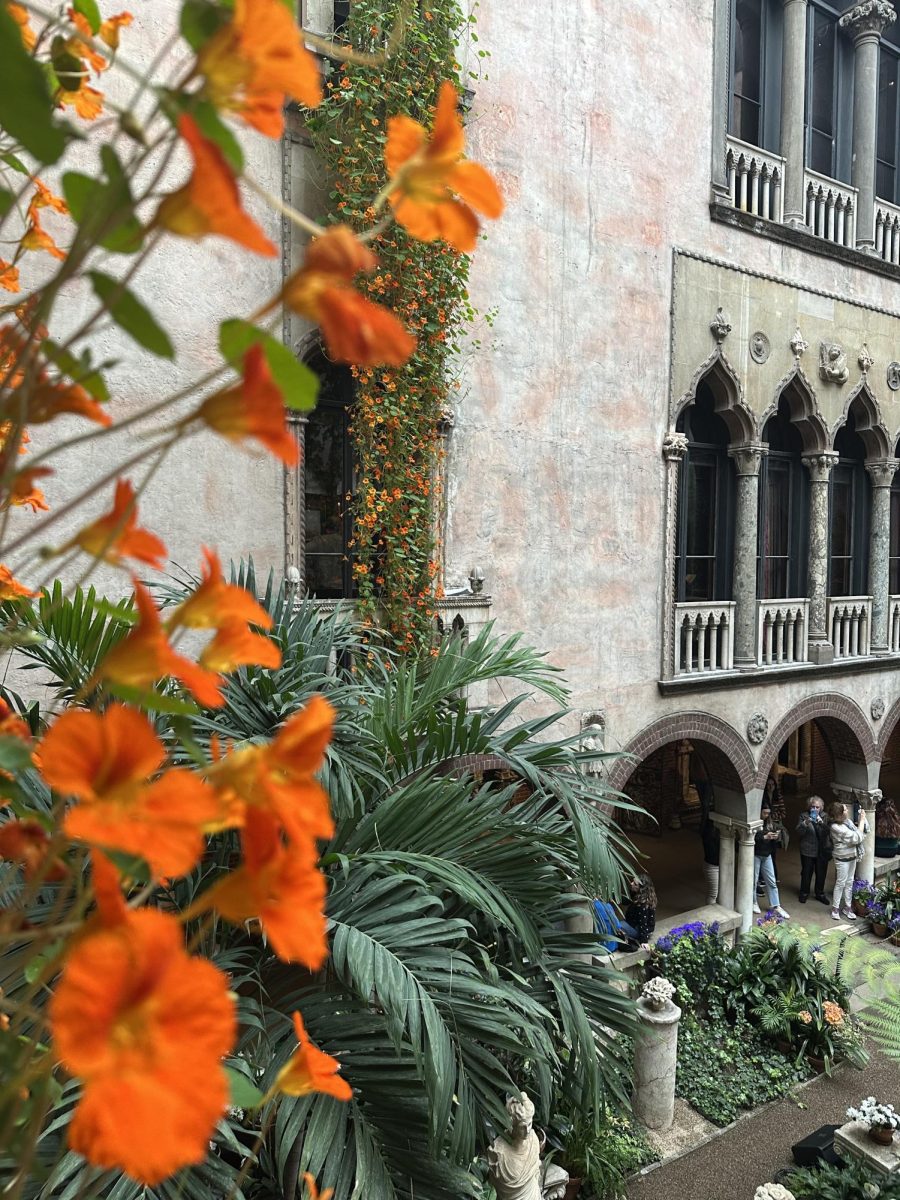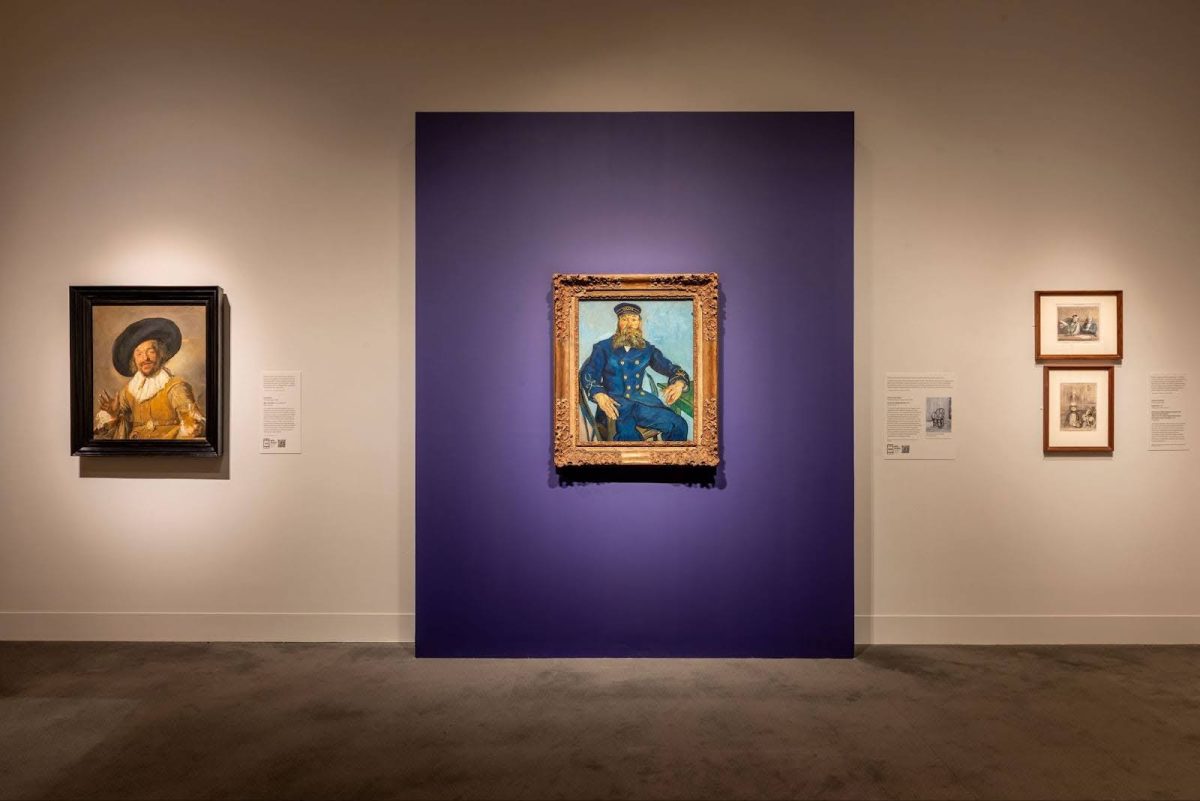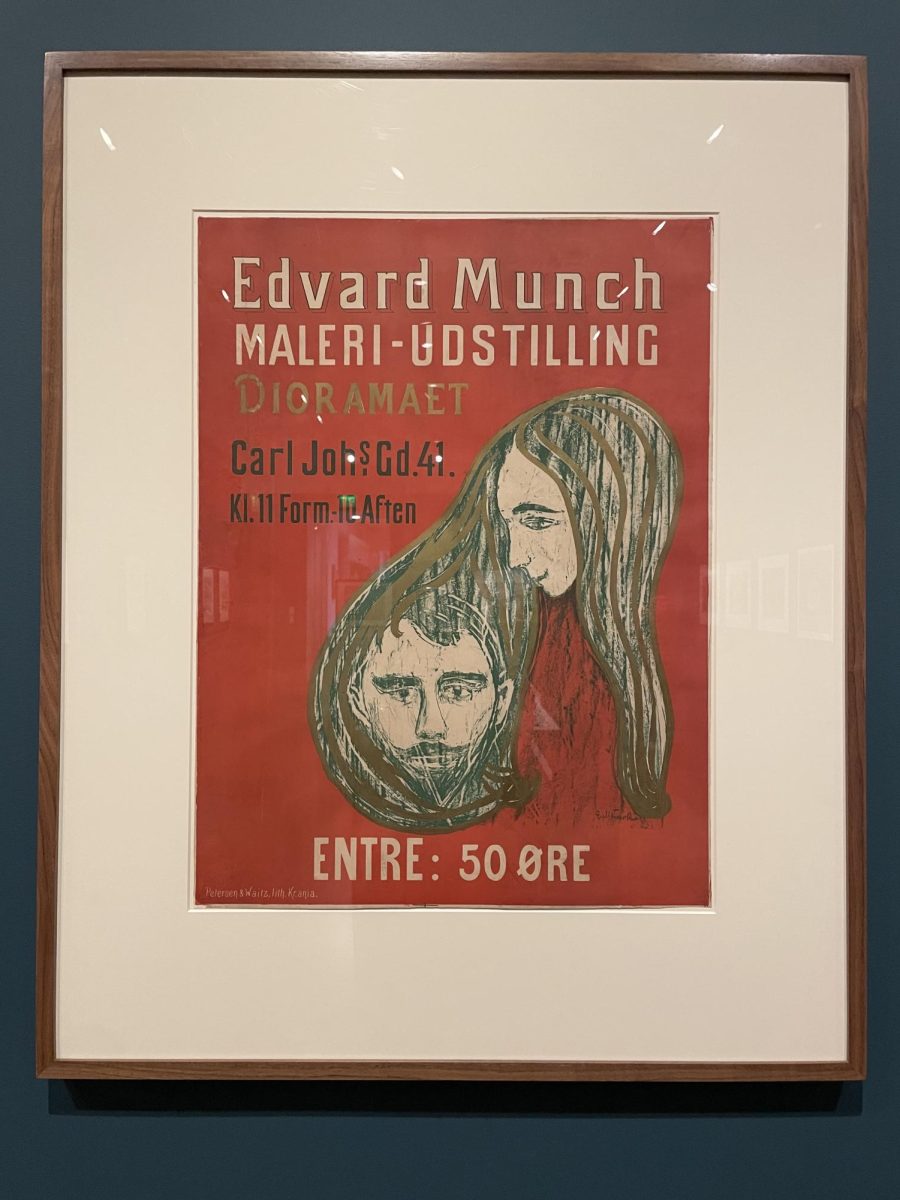Boston’s Museum of Fine Arts welcomed a new exhibit in late December featuring mostly Dutch and Flemish works with a similar theme: death.
“Curated by Teens: Death as a Constant Companion” was designed by five students from different high schools around the Boston area who participated in the MFA’s Curatorial Study Hall, a component of the MFA Teens Program.
The students were the main curators of the exhibit and worked alongside the Center for Netherlandish Art to choose the displayed works, organize their placement in the gallery and help write the interpretations with the CNA and MFA staff.
Since the CNA was one of the main collaborators, much of the art was from Dutch and Flemish artists in the 1600s. However, there are a few other pieces in the exhibit made by German, French and American artists.
No matter where the individual pieces are from, all of the works in the gallery fit well into the theme of death and decay and how it is interpreted and perceived by different people.
Many of the paintings in the gallery are still lifes, further adding to the theme of death which can give a feeling of frozen time or stillness.
Subjects of the works ranged from humans to birds to skulls as well as others, all connecting to death in some way.
The chosen works of the exhibit showcase the many different ways that artists choose to convey death. Some see it as beneficial, some as an inspiration, some as representing the death of something larger than just one life or some simply as an end to life.
Some of my favorite pieces in the exhibit were four oil paintings featuring dead birds as the main subject. Though they all contained the same basic subject, some represented a different feeling toward death.
“Trompe de l’Oeil with a dead Partridge” painted in 1666 by Hendrik de Fromantlou depicts a partridge hanging upside down by a red ribbon tied around its foot, bunched at the top of the canvas.
The way the partridge is painted along with its well-done shadow makes it seem like the bird is coming out of the canvas, fitting the “Trompe de l’Oeil” description, meaning “deceive the eye,” and adding to the eeriness that naturally accompanies the notion of death.
Though this painting’s main subject is a dead partridge, two other creatures can be seen in it: a snail and a fly, which represent the side of death that can lead to benefit others, in this case, nutrients.
This exhibit not only shows works that have the typical ideas of death, like death as an end to a life, but also paintings such as “The Questioner of the Sphinx” painted in 1863, which mourn the death of a civilization and a time past.
One of the only American paintings in the exhibit, “The Questioner of the Sphinx” shows a man in a desert surrounded by ruins, leaning close into the Sphinx.
The dark sky in the background, combined with the ruins scattered throughout the sand and the condition and action of the man create a feeling of grief for what once was. In the case of this painting, a society and a people who have presumably all died, leaving behind what they cherished or worshiped.
There are so many works displayed in one room that perfectly fit the theme of death and decay, even though many interpret it in different and sometimes unconventional ways.
The exhibit will remain at the MFA until Nov. 30 of this year, letting all that pass through experience the different feelings of death and decay that the Dutch, Flemish and others have put into their works.


